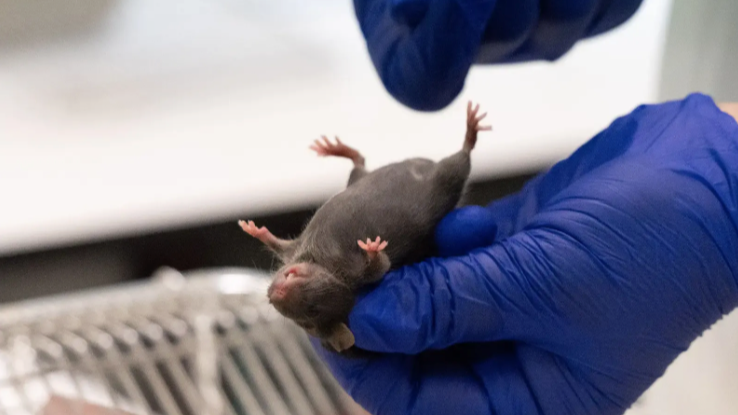Gerbils reveal how hearing works
- Inês Serrenho
- Oct 6
- 1 min read

Scientists in the US, in a study using gerbils, have kept tissue from a crucial inner ear organ alive outside the body, creating an unprecedented system that could allow researchers to understand how hearing works and test potential treatments for hearing loss.
The cochlea is a spiral-shaped organ in the inner ear that has a crucial role in hearing. This organ contains approximately 16,000 sensory cells, called cochlear hair cells, which amplify and transform sound into electrical signals that can be interpreted by the brain. Damage in these cells is responsible for most hearing loss. Researchers at Rockefeller University removed tiny pieces of tissue from gerbils’ cochlea, whose hearing range is similar to humans, and placed them in a chamber that kept the tissue warm and bathed in nutrient-rich fluids, imitating the environment inside the body. The team then played sounds on a tiny speaker and observed how the cochlea responded.
With this system, the researchers observed directly that a process called Hopf bifurcation - which is a tipping point that allows even faint sounds to be amplified - previously seen in other animals such as bullfrogs, was also central to how mammals hear.
"So far, no drug has been approved to restore hearing in sensorineural loss..." said Francesco Gianoli, co-author of the two studies published in PNAS and Hearing Research. "But now we have a tool that we can use to understand how the system works, and how and when it breaks - and hopefully think of ways to intervene before it's too late."



